Intensive Silvopasture
Intensive silvopasture sequesters more carbon than almost any other form of agriculture (Valle del Cauca, Colombia)
Eric Toensmeier conducted a global survey of carbon-sequestering agricultures ("The Carbon Farming Solution"). If you ask him what he thinks is the single most important form of regenerative agriculture to develop in the temperate U.S., he says intensive silvopasture. That is, livestock systems where trees produce feed for animals. Why?
Meat is a nutritionally critical food, and a strategically important part of our food system. Any resilient future food system needs answers for ecological, climate-adaptive meat production. Today, the majority of U.S. meat production happens via factory farming, a system that causes a great deal of climate and ecological harm.
The most common regenerative alternative is managed rotational grazing, without significant tree integration. This practice faces some intrinsic limitations: it doesn’t compete economically with factory farming — which limits its potential to impact the food system — and although it creates significant positive climate and ecological impact, it leaves a lot of potential impact on the table. The form of silvopasture we practice today combines managed rotational grazing with orchard trees. This is a big improvement, but it’s still just the tip of the iceberg for silvopasture’s potential.
Pollarding willow for sheep fodder in an arid pasture (Wairarapa, New Zealand)
This challenge can be understood simply in terms of total feed per acre. Factory farming more efficiently produces feed per acre than single-strata pasture systems. Today, grain feed is often the largest single expense in “regenerative” poultry and hog operations, and hay (winter feed) is often the largest single cost limiting the profitability of sheep and beef-cattle operations. Intensive silvopasture has the potential to change this equation by harnessing the enormous productivity of trees for the purpose of growing animal feed — in the form of perennial beans, fruits, nuts, seeds, and edible leaves.
Cattle browsing coppiced willow (Fiddle Creek Dairy)
These "3D pastures" significantly increase biomass and feed per acre, with the potential to reduce or eliminate dependency on annual grain feed or herbaceous hay. Intensive silvopasture can significantly improve the overall carbon sequestration, resilience, productivity, and economic scalability of pastured meat production, while creating “heaven on earth” conditions for cattle, sheep, poultry, hogs, rabbits, goats and more.
According to Eric's research, multistrata fodder systems in Indonesia have increased feed production by 90% and stocking densities by 46% versus baseline pasture, while improving resilience to drought. Intensive cattle silvopasture systems in Mexico and Colombia are among the most effective carbon-sequestering agricultures in the world:
improved stocking densities and meat yields 2-10x
reduced methane emissions
improved animal health and reduced incidence of disease
improved water quality
improved wildlife habitat
increased resilience to drought and extreme heat.
Chickens foraging under mulberries (Austin Unruh)
If intensive silvopasture systems in the cold temperate Northeast can achieve any meaningful fraction of the results demonstrated by those tropical examples, it would transform the ecological and climate impact, resilience, and commercial viability of pastured meat production in the U.S.
Steve Gabriel's 2019-2020 research showed that a number of promising perennial fodders for the eastern U.S. have relative feed value over 2x that of grass pasture, and offered significantly higher values in many nutritionally-important macro and micro nutrients. Much more research is necessary to adapt intensive silvopasture practices to this climate, and to produce agronomic data and designs for intensive silvopasture farms that could move toward commercialization in 10-15 years. Today, no major agroforestry organization in the U.S. is focusing on this important research. In 2027, Breadtree Farms will be launching an intensive silvopasture pilot for sheep, in collaboration with the Monarch Foundation and Studio Hill.
Mulberry fodder regrowth in April, May, June (Veneto, Italy)
Ash leaves harvested for tree hay (South Tirol)
Honey locust bean pods are a perennial feedstock nutritionally similar to barley and oats







